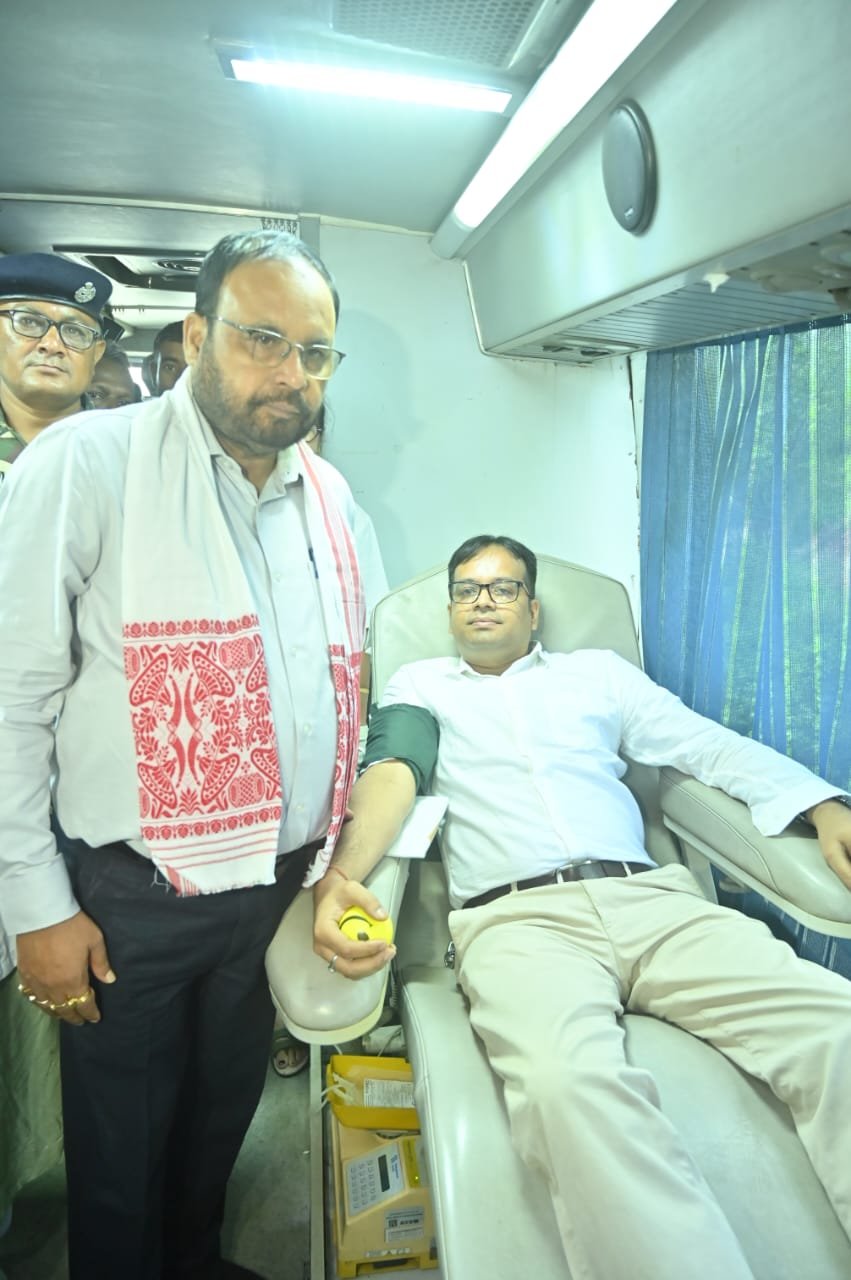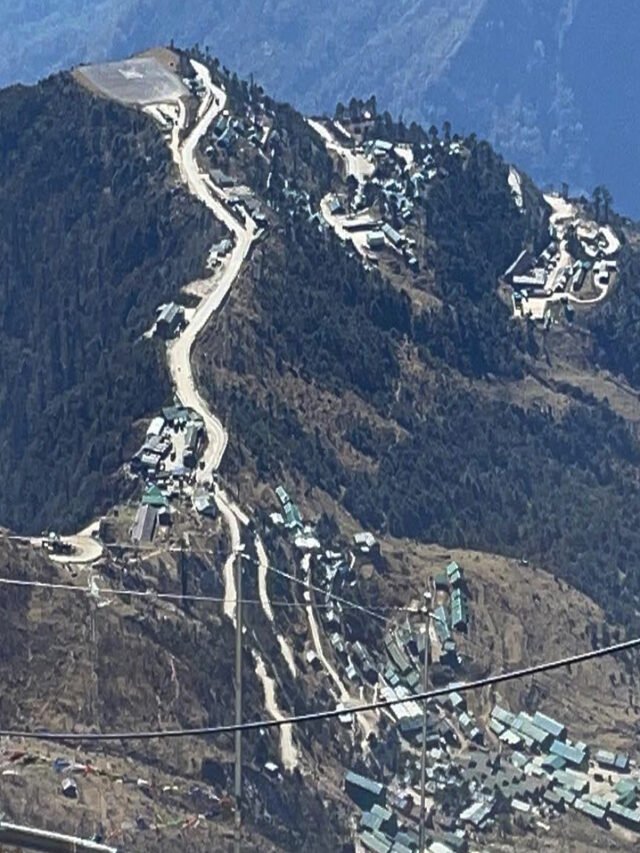NEW DELHI, Aug 4: A new book recounts Assam’s tumultuous insurgency and counter-insurgency days through the eyes of an ordinary young man, who experiences terror, mental shock, memory loss and also impossible love and heartbreak.
Dhrubajyoti Borah’s new novel ‘The Rainbow Runners’ (translated by the author himself from his Assamese novel ‘Artha’) is the final book of his ‘Kalantarar’ trilogy – ‘Kalantarar Gadya’ (The Prose of Tempest) and ‘Tejor Andhar’ (Darkness of Blood) being the first two works.
In the trilogy, Borah makes an insightful enquiry into the trouble-torn tragic reality of present-day Assam.
Assam witnessed violence on an unprecedented scale for more than three decades. Violation of human rights, abduction, ransom, extortion by the rebels or alleged state-sponsored atrocities continued unabated.
Sriman, an ordinary young man, lived in Guwahati at a time when insurgency and counter-insurgency operations were rife in Assam. Secret or anonymous killings, kidnappings and extortions became commonplace.
The terror which engulfed Sriman after he witnessed a spine-chilling incident set off a series of events.
Existing as a terrified zombie, unable to share his secret with anyone, Sriman ends up in the murky world of journalism and soon becomes an unwitting bedfellow of the ‘dadas’ – the erstwhile underground leaders who first surrender to the state and then start working for it.
He tries to forcefully suppress what he saw and get on with his life, drunk with power thanks to the company he starts keeping. But the past catches up inevitably. He once again faces an upheaval and seems to lose his mind completely.
The second half of the two-part novel, published by Niyogi Books, abruptly shifts to the scenic and majestic Himalayas featuring two unknown characters (referred to by the pronouns ‘I’ and ‘She’) trekking in the Dhauladhar mountains.
Employing a non-linear structure, the author eventually provides an insight into what happened to Sriman in a flashback and how the second part of the novel is connected to the first.
Characters like Ramen, Anjuda, Pema, Gyatsho, Panditji and the enigmatic unnamed character known only as she/the girl fill the pages of the novel.
The author also deftly draws the readers’ attention to the uncertain fate of the Tibetan refugees in McLeodganj and one realises that the Assamese youths who are forced to flee their burning, trouble-torn homeland face a similar predicament, both outcastes.
Sriman is deeply influenced by the teachings of Tathagata Buddha and gains an insight into the tragedy of the Tibetan refugees and their improbable dream of restoration of their homeland someday.
Finally, having experienced love in all its splendour and sorrow, Sriman is forced to search anew for meaning and hope in his life.
Will he go back to Assam and face the demons of his past? Will he write again? Sriman’s quest for meaning, seeking answers to what happened to him, lie at the heart of the novel. (PTI)












